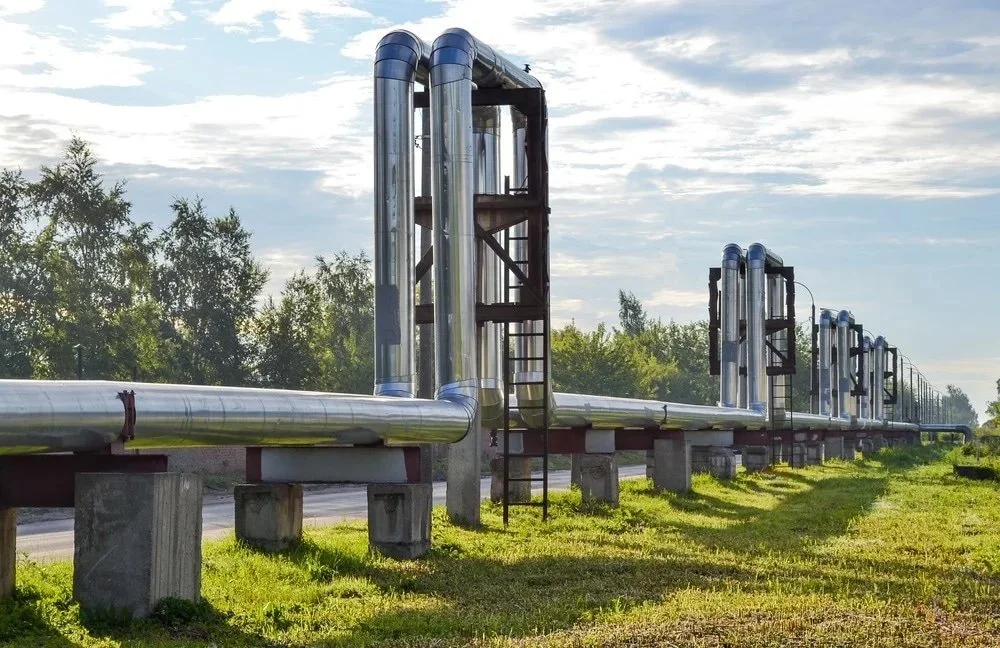
By Design Tech Solutions — Shaping the Next Generation of Heat Networks
Introduction: Heat Networks Are Just Getting Started
District heating is set to play a central role in the UK’s transition to net zero. With carbon regulations tightening and gas grid decarbonisation proving slow, heat networks offer a scalable, flexible alternative — especially for urban centres, housing developments, and public estates.
But this is just the beginning. In the next 5–10 years, the design and delivery of heat networks will shift dramatically, driven by innovation, funding, and policy.
At Design Tech Solutions, we help clients prepare for what’s coming — not just what’s already here.
Key Trends Shaping the Future of District Heating
Policy Momentum
The UK Government has committed to expanding heat network coverage, with the Heat Network Transformation Programme and support for zoning legislation.
Tech-Enabled Design
Digital twins, cloud monitoring, and automated controls will become standard — enabling smarter, more responsive networks.
4th and 5th Generation Networks
Expect more low-temperature systems with decentralised or ambient loop models — designed for heat pump compatibility.
Hybrid Energy Centres
Future-proof systems will blend multiple inputs — including ASHPs, CHP, solar thermal, and waste heat — to improve resilience and eligibility for funding.
Localised Network Zoning
With the introduction of heat network zones, local authorities will take a bigger role in planning and delivery — changing how private and public stakeholders collaborate.
What It Means for Developers, Councils & Engineers
For developers:
Early design coordination will be essential — with system choices impacting compliance, funding, and planning.
For local authorities:
Greater responsibility and opportunity to lead zoning, procurement, and integration with housing or regeneration goals.
For engineers and consultants:
A shift toward lower-carbon, more adaptive design — with a growing need for lifecycle thinking, digital modelling, and regulatory awareness.
FAQ
How DTS Helps Clients Stay Future-Ready
Zoning & Feasibility Support
We support councils and developers assessing opportunities under future zoning legislation.Low-Temperature Design
We already design to 4G and 5G network principles, including ambient loops and decentralised energy models.Digital-First Design Outputs
Our CAD and BIM files support future upgrades, performance simulations, and stakeholder approval.Funding Alignment
We help clients design systems that meet eligibility for HNIP, PSDS, or successor funds.
Let’s Design for What’s Next
At Design Tech Solution, innovation isn’t a trend — it’s a responsibility. Let’s build smarter, greener networks that meet the challenges ahead.
RELATED READS
Explore our detailed guides on designing effective, future-ready district heating systems. Each article is written to help clients, developers, and stakeholders understand what great network design looks like in practice.







